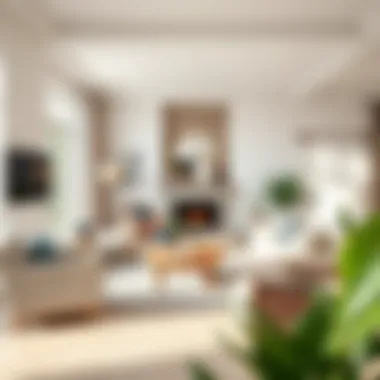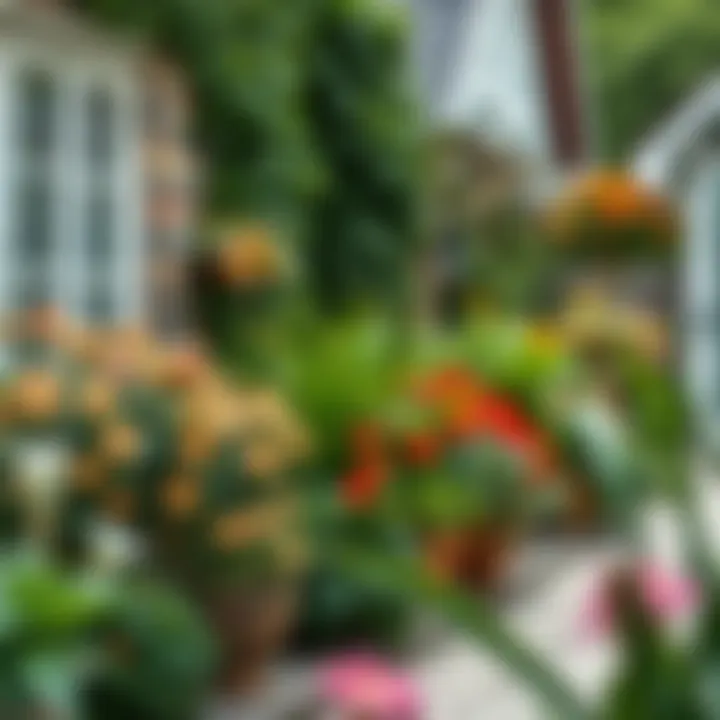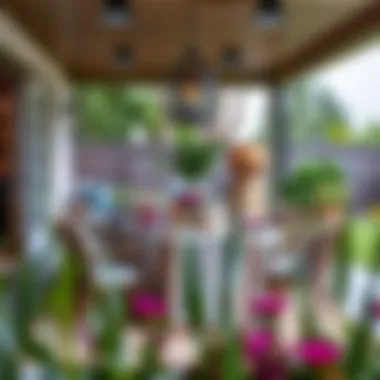Designing Spaces: Creating Your Ideal Home and Garden


Designing your ideal home and garden is a fulfilling journey that combines creativity with function. Whether you are transforming an existing space or starting from scratch, understanding the core principles of design can help you create a harmonious environment that resonates with your personal style. From color palettes to furniture arrangements and landscape choices, let's explore key components that lead to beautiful, functional spaces.
Understanding Your Space
Before you dive headfirst into designing your home and garden, it's essential to evaluate the spaces you have. Understand the size, layout, and any architectural features. Take note of how natural light enters each room, as well as the views from windows.


Assessing Your Requirements
Take some time to list down your needs and preferences. Consider how many people will use the space and for what purposes. This consideration can guide decisions about furniture type, layout, and even the amenities you might require in your garden. For example, if you plan to host gatherings, an open-plan layout with a spacious outdoor area might be ideal. Conversely, if you're creating a tranquil retreat, consider more intimate spaces filled with lush plants and cozy corners.
Establishing a Theme or Style


Choosing a theme can help guide your design decisions. Whether it's modern minimalism, rustic charm, or tropical paradise, a consistent theme creates coherence within your spaces. This means selecting furniture, colors, and plants that complement your theme while being practical for everyday use. For instance, a coastal theme may incorporate blues and sandy tones accentuated by natural wood, while a modern style might favor sleek lines and neutral palettes.
Bringing Your Garden to Life
A garden is not just an extension of your home; it can also be a sanctuary that reflects your lifestyle. Designing your garden requires similar principles as interior design but with unique considerations for plants and landscaping.


Plant Selection and Placement
Choosing the right plants based on your local climate can significantly impact your garden's success. Consider factors such as sunlight availability, soil quality, and water requirements. Grouping plants with similar needs can simplify maintenance and create visually appealing arrangements. For example, incorporating flowering plants can bring splashes of color, while shrubs provide structure.
Creating Functional Spaces in Your Garden
Consider incorporating different zones within your garden, such as dining areas, relaxation spots, and functional vegetable or herb patches. Pathways made of stones or wood can guide visitors through various sections and enhance the overall flow of the garden. For those who enjoy outdoor cooking or dining experiences, installing a patio or outdoor kitchen can extend your living space.
Conclusion
Creating your ideal home and garden is a unique journey that allows you to express yourself while enhancing how you live. By carefully considering your space, establishing a theme, and thoughtfully designing your garden, you can cultivate an environment that mirrors your lifestyle and personal preferences. For further inspiration and resources on how to elevate your design journey or keep tabs on events like the EFL Championship that can engage friends and family around home activities, check out EFL Championship Games. The perfect space awaits you!















